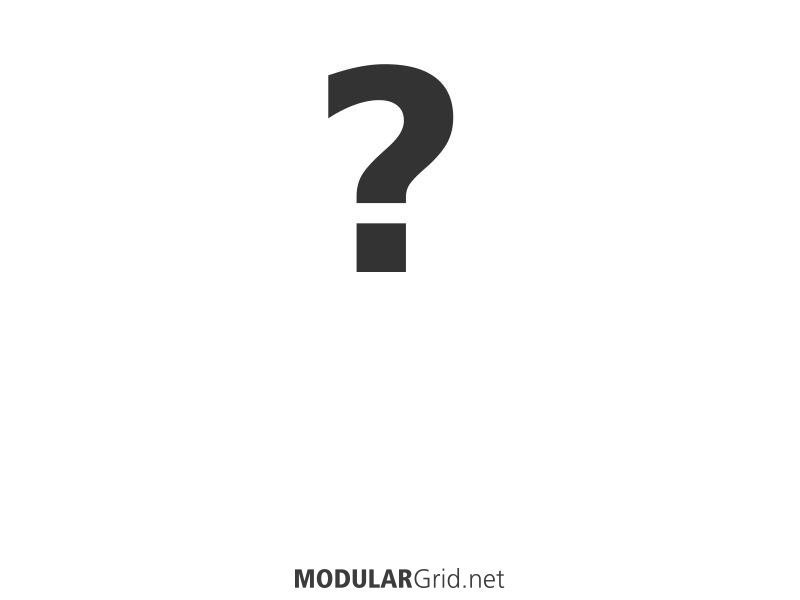Well, I agree...the USA used to lead the world in electronics manufacturing up until the 1970s, and even then it still held an edge in component manufacturing for some time. And yes, there are some issues of various sorts with China in terms of how workers are treated, corruption, and intellectual property. But the fact is that electronic instruments have become a rather 'fungible' thing. Look at Eurorack itself, for example: the format was devised by a German firm, retooling a concept that was created on two different ends of the USA. It has a pool of several thousand modules to date, made everywhere from Thailand (Takaab) to Scotland (GMSN) and everywhere in between. Its users routinely cross many borders in their shopping and research, via Internet sellers and resources (such as, say, ModularGrid). It's very much a 'world instrument'.
At the same time, though, there's that 'affordable' factor. Yeah, that's a key thing. But also, that 'affordability' relies on things much worse/sketchy than the Chinese Communist Party. If you thought the concept of 'blood diamonds' was awful, have a romp through the socioeconomic darkness that surrounds coltan, a vital mineral used in the manufacture of a lot of discrete components, definitely including those in the very computer I'm typing this on and which I use for my multitrack work and ones which show up all over the place in our electronic music gear.
Ultimately, trade wars hurt the people that the warring states roll over in their belligerence...just like in real war, but perhaps a bit 'cleaner' in a lot of cases. Less bloody. No less good for that, though. So, yeah, I have mixed views, too...but I look at Moog's situation and see a company that was a pioneer, an originator, led by a visionary and now owned by its employees who trade on a rich, impressive legacy. And I see that forcing a company like that to make ugly, dumb choices is not going to lead to something good...just as, back in earlier decades, it didn't lead to anything good for R.A. Moog Inc. as Norlin got its hooks into it, and then Gibson Brands (aka 'that place on Elm Hill Pike where music companies go to die' -- bit of Nashville slang there) nearly killed it.
Eventually what it all comes down to is this: what do WE do with these machines? Are WE creating work which dignifies everything that makes up the bits and pieces? Are WE mindful of what went into the bits and pieces, and do WE work to create something with them which produces that dignity?
I belong to a music fraternity that holds an important tenet: "Let there be nothing but Truth in Music". So when I sit down to work...many years after I first heard those words and was forced to consider the depth of that concept...I try to always maintain a mindfulness of these things I note above. I know full well what I work with, what it cost (not in money, but in human costs), what had to be done to generate the power that runs the devices, and so on. All of those things really matter to me, and it matters to me that what I create with them carries the human truths behind every tiny part forward in the music, hopefully to poke a bit more light into darkness via that truth. Does it matter where the components come from? Yes, absolutely. Are those origins truly avoidable, though? Perhaps not...but if not, then what comes from them must be right, and I hope that that's what I do. Create something right and good and true.
So, yeah, I have a lot of mixed feelings about that situation with Moog, too. But I also recognize that there are wider concerns than just materials and money afoot.


